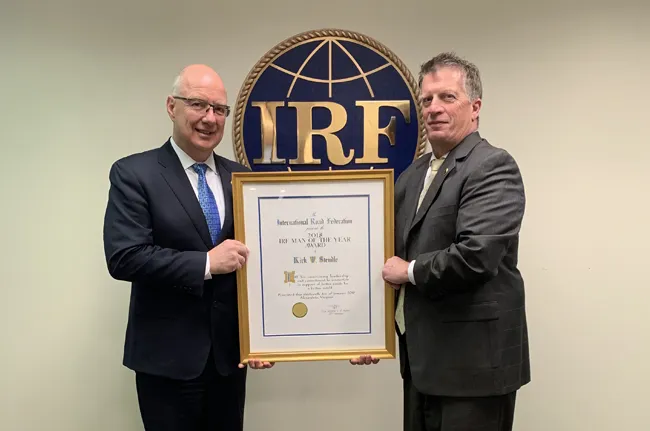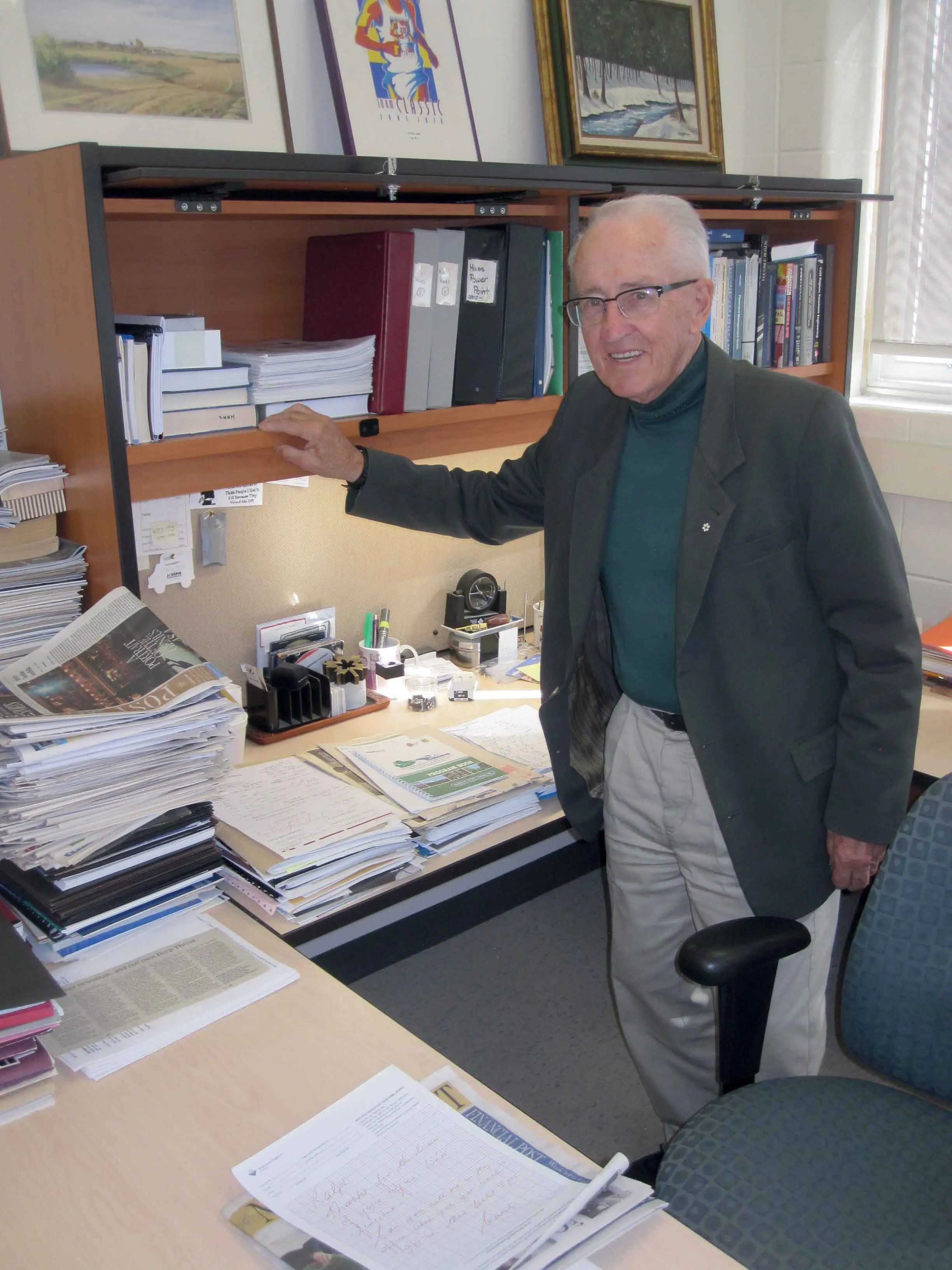A major US road and transport builders association is to stage what it claims is the first ever virtual conference and innovation showcase for the industry. The American Road & Transportation Builders Association (ARTBA) and its Transportation Officials Division (TOD) said the event would utilise digital technologies to bring a “first-class, virtual education and exhibition experience to the desktops of tens of thousands city and county government officials” who annually manage US$50billion in transport inf
June 11, 2012
Read time: 2 mins
A major US road and transport builders association is to stage what it claims is the first ever virtual conference and innovation showcase for the industry.
The American Road & Transportation Builders Association (ARTBA) and its Transportation Officials Division (TOD) said the event would utilise digital technologies to bring a “first-class, virtual education and exhibition experience to the desktops of tens of thousands city and county government officials” who annually manage US$50billion in transport infrastructure capital projects, maintenance, engineering and traffic services, and snow removal.
Taking place September 18-20, LōTrans 2012 will also feature the latest and best practices concerning work zone safety.
For more than 30 years, ARTBA’s TOD held an annual ‘Local Transportation Issues Conference’, which attracted over 500 delegates annually up until the early 1990’s. ARTBA said budget and travel restrictions made it no longer sustainable leading to the creation of LōTrans 2012, which is being organised by the TOD leadership and the National Local Technical Assistance Program Association (NLTAPA).
“Think of LōTrans as webinars on steroids,” said 2012 ARTBA chairman Paul Yarossi, president of3474 HNTB Holdings. He continued: “With tight budgets, it’s very hard for most public officials to travel today. We are breaking down this barrier by going to them with a world-class, virtual conference and trade show they can attend for free from their office computer or laptop.”
The technology to stage the virtual conference and innovation showcase is being provided by 6Connex.
The American Road & Transportation Builders Association (ARTBA) and its Transportation Officials Division (TOD) said the event would utilise digital technologies to bring a “first-class, virtual education and exhibition experience to the desktops of tens of thousands city and county government officials” who annually manage US$50billion in transport infrastructure capital projects, maintenance, engineering and traffic services, and snow removal.
Taking place September 18-20, LōTrans 2012 will also feature the latest and best practices concerning work zone safety.
For more than 30 years, ARTBA’s TOD held an annual ‘Local Transportation Issues Conference’, which attracted over 500 delegates annually up until the early 1990’s. ARTBA said budget and travel restrictions made it no longer sustainable leading to the creation of LōTrans 2012, which is being organised by the TOD leadership and the National Local Technical Assistance Program Association (NLTAPA).
“Think of LōTrans as webinars on steroids,” said 2012 ARTBA chairman Paul Yarossi, president of
The technology to stage the virtual conference and innovation showcase is being provided by 6Connex.








